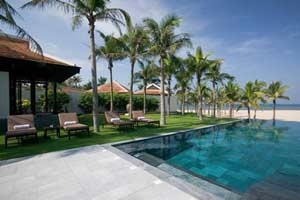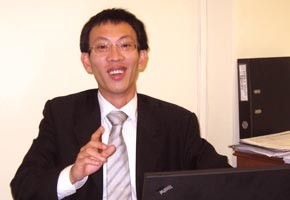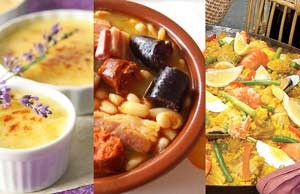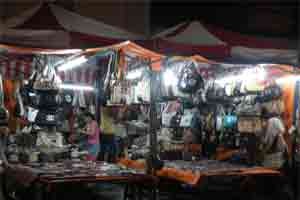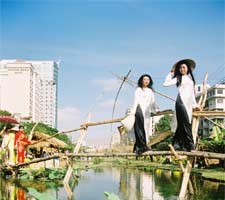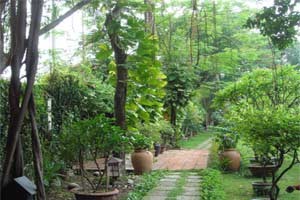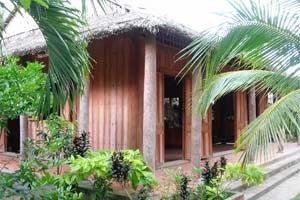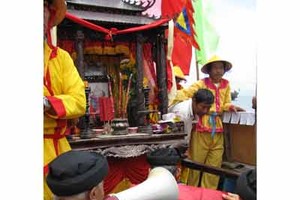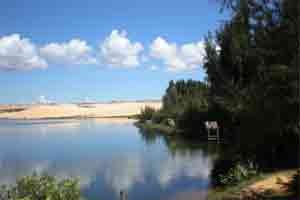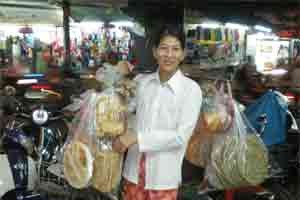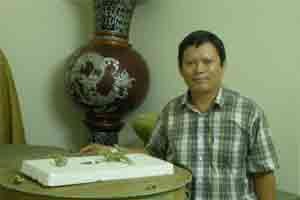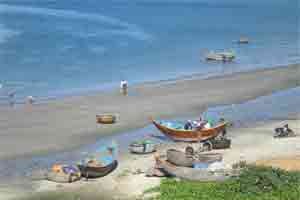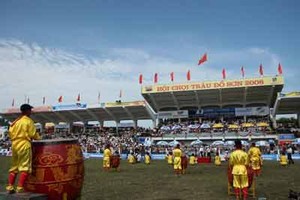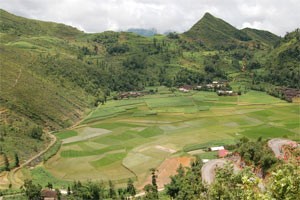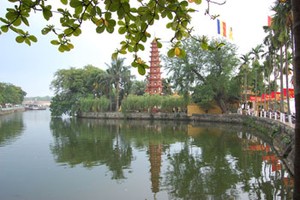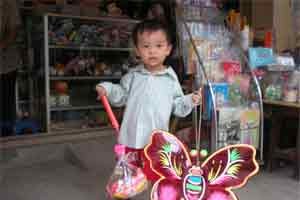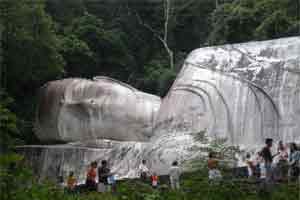The Reunification Palace is the first place to visit upon setting foot in downtown Ho Chi Minh City. Why? Located just minutes away and steeped in Viet Nam’s turbulent history, it is perhaps the most revealing of the city’s historical structures.

Although originally designed and built by the French in 1868-1871 as “Norodom’s Palace” for French officials, it changed hands to the Japanese and the US-backed South Vietnamese government before being taken over and maintained as a museum and venue for major conferences after tanks crashed through its iron gates on April 30, 1975.
Host to History
Tourists should know that the building we see today was not built until 1962 when the palace’s left wing was damaged and South Viet Nam’s president Ngo Dinh Diem had a new building built right on former ground.
Designed by Vietnamese architect Ngo Viet Thu – the first Vietnamese to win Italy’s Grand prix de Rome – this presidential palace housing Diem, his relatives and top officials spans 80 meters across, covering an area of 12 hectares and boasting hundreds of rooms including a guest chamber able to accommodate 800 persons.
The whole structure symbolizes traditional philosophy, blending modern and Oriental architecture as its entire layout from an aerial view forms the Chinese character “Ji” meaning good or lucky. On its front, balconies on the 2nd and 3rd floors combine with the main entrance porch and two wood-paneled columns to create the character “Xing,” meaning prosperity.
According to Fengshui belief, this edifice is located in a dragon's head, therefore it was also referred to as Dragon's Head Palace.
It has four main buildings. The main, T-shaped compartment was the residence and command center of Sai Gon’s puppet government. This area has three flours, two mezzanines, one terrace, one ground floor and a basement with a total space of 20,000 square meters divided amongst 95 rooms, each devoted to a separate function.
Once there, tourists will be guided by experienced staffs who explain about the architecture, decoration and historical contents concerning 15 major rooms on 3 floors in Vietnamese, English, French, Chinese, or Japanese. After a sight-seeing tour lasting around 45 minutes, you can watch a documentary film titled “Historical Witness” for half an hour.
Modern Significance
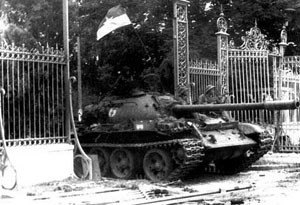
Although containing only empty rooms, a grass, oval-shaped carpet with an elegant but unexceptional fountain, the complex now referred to as the Reunification Palace leads you across history, from Japanese and French occupation to the takeover of the current government, from assassination attempts to a secret escape tunnel, from the president’s private bedroom to an imposing war command room with its huge maps and old communications equipment.
Tourists should also not miss the dining room, cabinet meeting room, the President’s international reception room, ambassadorial meeting room and the entertainment room.
In addition, the palace displays several objects of historical significance relating to the 1975 victory over the southern government including a tank similar in size and design to the first tank that crashed through the palace’s main gate on April 30.
It is open to tourists daily, on weekends and holidays, from 7:30am to 11:00am and 1:00pm to 4:00pm. Those wanting to taste this historical building firsthand can rent a room for as low as USD40 per night. Foreigners are warmly welcomed.
